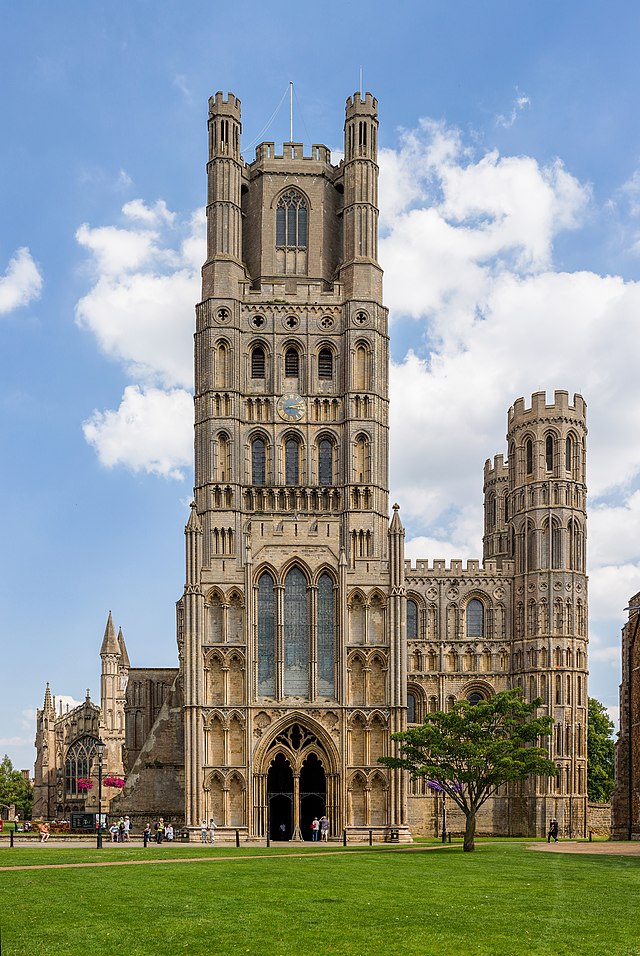Lands_and_Liberties_of_the_Church_at_Ely
The Lands and Liberties of the Church at Ely was a 1080 court case and an appeal, where the Abbot of Ely sought recovery of lands that had been taken at the Conquest,[1][2] 14 years beforehand.
The topic of this article may not meet Wikipedia's general notability guideline. (April 2018) |

The liberty of Ely was re-established in (King) Edgar's charters for the refounded monastery in 970. The Liber Eliensis states that Etheldreda had taken possession of the Isle of Ely in 673: 'she took possession of the Isle and had free disposal of it as her lawful property - and for evermore'.[3]Edward the Confessor reiterated the liberties in 1052 and then William the Conqueror restated them.[4]
Wherever the church of Ely had lands, it had its own courts where defendants in cases of theft could vouch to warranty. Severing of a hand and death were among the common penalties for significant theft.[5]
The court case can be viewed as a part of a large collection of pleadings against a process of Normanization that within a decade saw 64% of land in England consolidated into the hands of just 150 individuals, and many of the nobility and churches deprived of their estates.